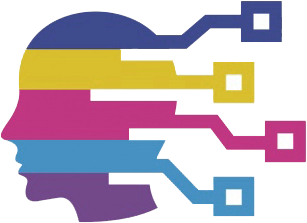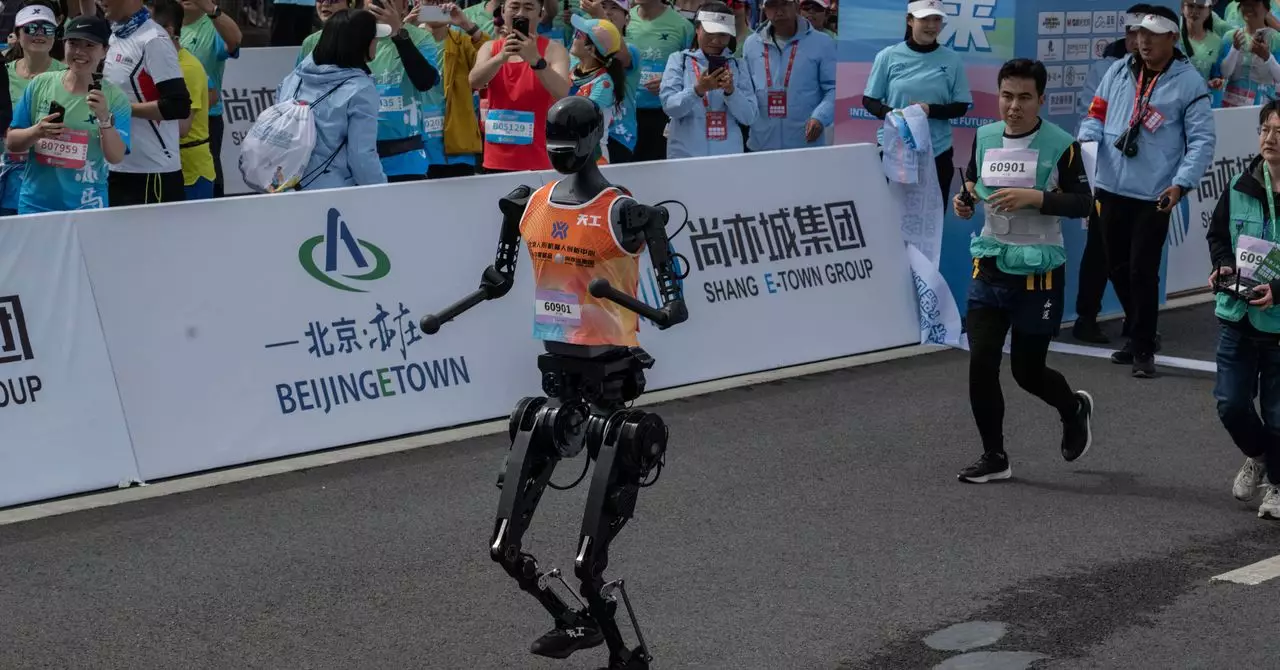In recent years, humanoid robots have dazzled the world with their capabilities, often showcased through charming performances like dancing or martial arts. However, as exciting as these spectacles may be, they cast a long shadow on the essential inquiry of robot utility in practical scenarios. As highlighted by industry expert Fern, the benchmarks for assessing a robot’s value should not be based on their ability to entertain but rather on their effectiveness in real-world tasks that require autonomy and problem-solving without extensive human guidance. The penchant for spectacle—like robots running races while performing theatrics—often veils a more pressing truth: true progress lies not in mimicry but in functionality.
A Shift in Focus
The anticipation surrounding the future of humanoid robotics suggests that the industry may finally pivot away from these entertaining frills. As public interest ebbs for social engagement through dance and athletics, it is crucial for developers and industries to recalibrate their approaches. Fern forecasts that 2023 will witness a transition towards refining robots that can genuinely contribute to industries such as healthcare, logistics, and disaster response. It’s time to evaluate the robots not as mere performers but as potential collaborators in solving complex problems. The underlying message is clear: the world needs robots that can do more than just waltz through a performance; they need to tackle situations that truly matter.
A Parade of Designs
Amidst attempts to capture the audience’s attention during robotic competitions, the diversity of designs on display reveals an attempt to showcase both creativity and innovation—albeit sometimes in odd and impractical forms. Robots varied immensely in their heights, ranging from a mere 2 feet and 5 inches to an impressive 5 feet 9 inches. Striking costumes notwithstanding, a practical critique unveils a painful irony; most of these ingenious designs fail to translate into effective mobility. For instance, many robots forfeit limbs and features known to impede speed, reflecting a peculiar understanding of what is necessary versus what is merely desirable. The competition turns into a macabre performance art where functionality seems to take a backseat to quirky aesthetics.
The Disappointment of Performance
Robot races still evoke a mix of curiosity and discomfort, particularly when participants struggle to complete the designated course. From Huanhuan, the snail-paced humanoid that resembles a struggling child with a shaky head, to Shennong, which spins out of control and runs into walls, the challenges faced indicate a fundamental misalignment between futuristic aspiration and present-day capabilities. These incidents paint a vivid picture of the existing challenges: Striding robots encounter issues as jokes rather than the sophisticated efforts they represent. It raises questions about the scalability of these designs in real-world applications. Could the duct tape fixes and human interventions, often necessary to salvage these performances, indicate a larger flaw in the robotics ethos?
The Human Element in Robotics
Observation during the races reveals an essential truth: the reliance on human operators often surpasses the autonomy of robotic systems. Unlike remote-controlled cars, humanoid robots necessitate rigorous oversight—sometimes tethered with leashes, akin to domesticated pets who require constant guidance. This relationship underscores the inherent limitations of humanoid robots as they currently stand. Operators hurriedly jog alongside their mechanized counterparts, desperately attempting to win a race through sheer intervention instead of allowing the robots to leverage their supposed intelligence.
Rethinking Future Standards
As we meander through the entertaining façade that humanoid robots often present, we must challenge our expectations and desires regarding their capabilities. The fascination with humanoid robots deserves a careful reevaluation of what constitutes progress; the intertwining of artistry and utility must shift our focus. Rather than admiring the levity of dance or the visual spectacle of racing, it’s imperative to set standards grounded in functionality and real-world applications. Moving forward, let’s challenge creators and innovators to rise above mere novelty and strive for robots that can, beyond entertaining us, seamlessly integrate into society and enrich our daily lives. This is where the true promise of humanoid robotics lies, and it’s time we demand that promise be fulfilled.

